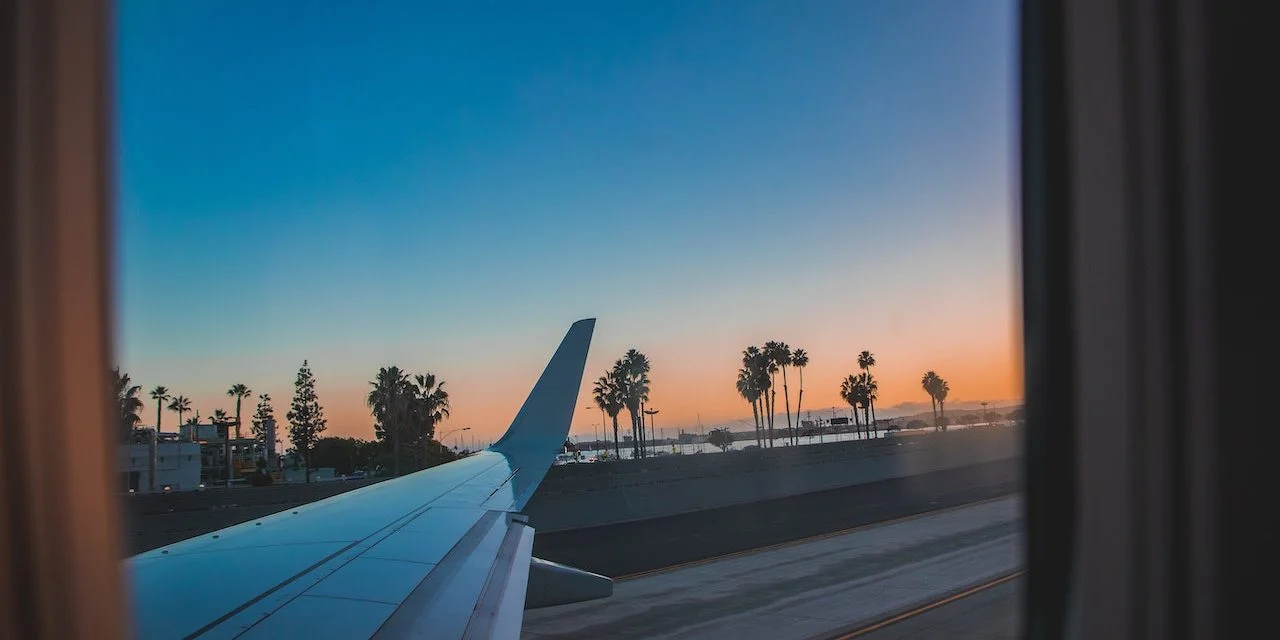The high speed of Asia Pacific’s air traffic recovery this year has been due to prudent border reopenings, International Air Transport Association’s regional Asia Pacific regional vice president told Diplomatic Network (Asia).
Asia Pacific’s air traffic has seen some explosive growth in 2023, seemingly outgrowing other global regions.
This has been due to sluggish border reopenings when compared to the rest of the world though. International passenger demand is lagging other global regions when being compared with pre-pandemic levels.
Low base
“In 2023, Asia-Pacific airlines are recovering from a lower base than their counterparts in other regions. Asia started reopening international borders gradually during the second and third quarter of 2022, unlike America, Europe and the Middle East which began their reopening from 2021,” IATA Regional Vice President for Asia Pacific Philip Goh told DNA.
IATA is a trade association of the world’s airlines, representing around 300 airlines comprising 83% of global air traffic.
International revenue passenger-kilometers in the region more than doubled in the second quarter of this year when compared to the same period in 2022, according to IATA’s most recent Quarterly Air Transport Chartbook.
RPKs represent one passenger traveling one kilometer and is calculated by multiplying the number of paying passengers on a flight by the distance traveled in kilometers. RPK is an essential metric for airlines and aviation authorities because it helps them analyse and compare the performance of different routes, flights, and airlines.
“This year’s pace of recovery in the Asia Pacific compared to 2022 therefore appears stronger in percentage terms and leads the percentage growth of other regions which were at already a higher base in 2022,” Goh said.
Despite a meteoric recovery this year, the region is still behind all other regions.
For perspective, Goh said, international passenger demand in the Asia Pacific has recovered to only 69% of 2019 levels in July 2023 compared to the other regions
All other regions are at least at 88% of 2019 levels, while North America has already exceeded 2019’s second quarter levels.
‘Pent-up desire’
The rebound in the Asia Pacific can be attributed to a number of factors.
“Pent-up desire for travels following lifting of border closures and lock downs during 2020 and 2021 [has driven demand]. As air connectivity was restored progressively, people wanted to reconnect with their family and friends. Businesses also needed to resume some travels to meet partners and customers,” Goh said.
“Secondly, flights and seat capacity took longer to be restored due to supply chain issues and time needed to put back [airliners] that had been stored on long term parking.”
In July, seat capacity reached 88% of 2019 levels. Meanwhile, demand has reached 95% of 2019’s base.
This has opened the door for new airlines, with the most noteworthy being Thailand’s Really Cool Airlines.
Bangkok-based Really Cool Airlines has plans for takeoff soon after it gets the rubber stamp from the Civil Aviation Authority of Thailand in December this year, Chief Executive Patee Sarasin told The Star early last month.
Really Cool Airlines will start with flights to Singapore, Tokyo, Hong Kong and Taiwan. It will then start flights to European destinations in 2025.
The nascent airline will cater to passengers looking for something between luxury and budget carriers, Sarasin told The Star.
The airline’s operational fleet will be comprised of Airbus A320 aircraft, with plans encompassing both domestic and international routes.
On whether or not the market has enough space for new airlines, Goh was not clear.
“The Asia Pacific aviation market is a highly competitive market. Seat supply will gradually catch up with demand over the medium to long term as the industry regains a sense of normalcy,” Goh said.
Other airlines in the region have been increasing their routes and flight frequency, as seat capacity catches up to demand.
“Outside of the Greater China region, economies have seen a remarkable recovery in passenger numbers. From the major country markets we track, India, Japan, and Vietnam have seen passenger traffic approach or surpass pre-covid levels, driven by very strong domestic passenger traffic demand,” Goh said.
China woes to add to Asia Pacific’s slow recovery
China’s economic woes will hurt Asia Pacific’s recovery, with the world’s second largest economy being a major source of foreign tourists for the region.
Before the Covid-19 pandemic, China accounted for as much as 20% to 30% of total visitor arrivals for some countries in the Asia Pacific region, Goh said.
Goh said: “The Chinese government only allowed the full resumption of group outbound tours from China a month ago, so, it will take more time before we see Chinese visitors travelling in large numbers.
“Owing to this, while other regions are expected to recovery fully to 2019 levels in 2023, the Asia-Pacific region’s recovery to 2019 is only expected in 2024.”







